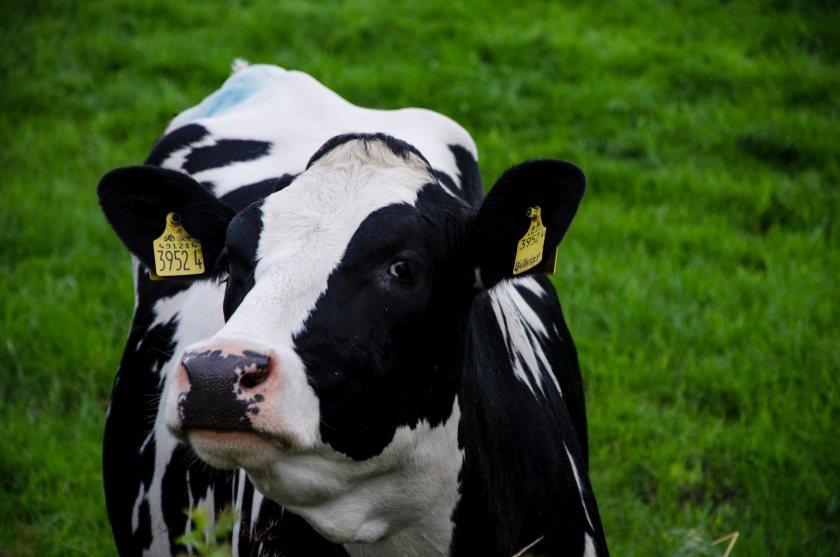
Northern Ireland’s dairy sector has posted another surge in milk production, with volumes climbing sharply during the first half of the year despite growing signs of market pressure.
According to Annabel Twinberrow, analyst at AHDB, Northern Ireland’s April-to-July milk deliveries rose by 9.2% year on year, equivalent to an additional 86.8 million litres.
This follows last season’s record-high output and far outpaces growth in Great Britain, where production rose 5.3%, or 225.6 million litres, over the same period.
Twinberrow said much of the expansion could be attributed to the “attractive milk-to-feed price ratio” seen in recent months, which has supported higher production across the UK.
The Ulster Farmers’ Union said Northern Ireland made up around 18% of total UK milk deliveries in April, underlining its importance to national supply.
With about 80% of its dairy output exported, the region’s prices remain closely tied to global markets, where strong EU demand helped sustain returns through the summer.
While many GB producers have already drawn on winter forage due to difficult growing conditions, Northern Ireland farmers have generally reported better forage levels.
However, Twinberrow noted that the sharp rise in milk output “has placed pressure on processing capacity,” while growth in EU milk deliveries “has also added downward pressure on prices.”
Farmgate milk prices in Northern Ireland typically mirror those in Great Britain but tend to fluctuate more sharply due to the region’s exposure to export markets.
AHDB figures show a steeper decline in average prices between February and July 2025 compared with GB, with more recent announcements suggesting this trend is set to continue.
Latest wholesale data shows further declines, particularly for butter, pointing to more price corrections ahead. Twinberrow said that, given Northern Ireland’s sensitivity to global markets, “prices could fall more rapidly than in GB,” where returns are also under strain.
As profitability tightens, herd size will be a key watchpoint heading into winter. Strong beef prices could prompt higher culling levels, while potential changes to nitrogen derogations in the Republic of Ireland — which may require lower stocking rates — could influence future production patterns in the region.
Producers will be watching global dairy markets closely as winter approaches, with both prices and herd management decisions now finely balanced.
